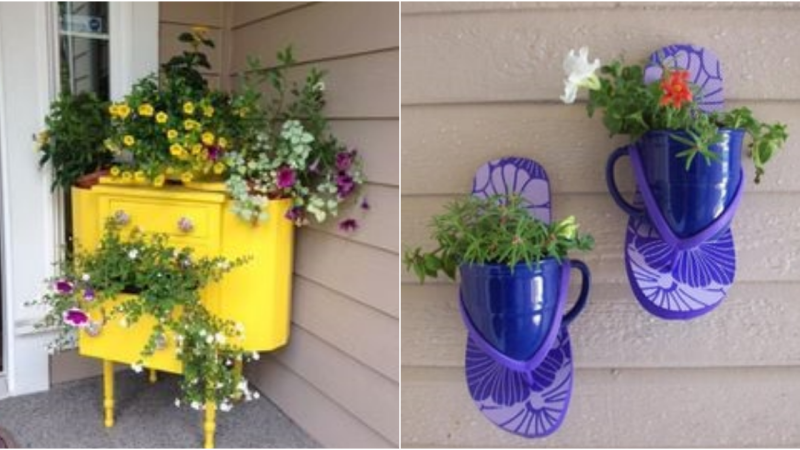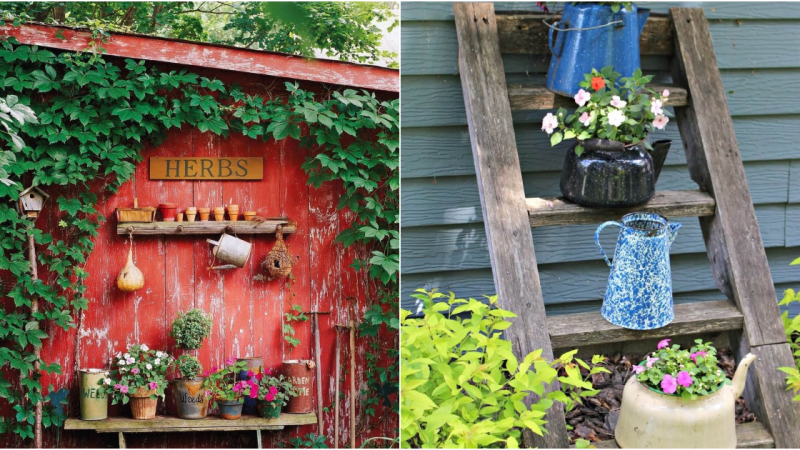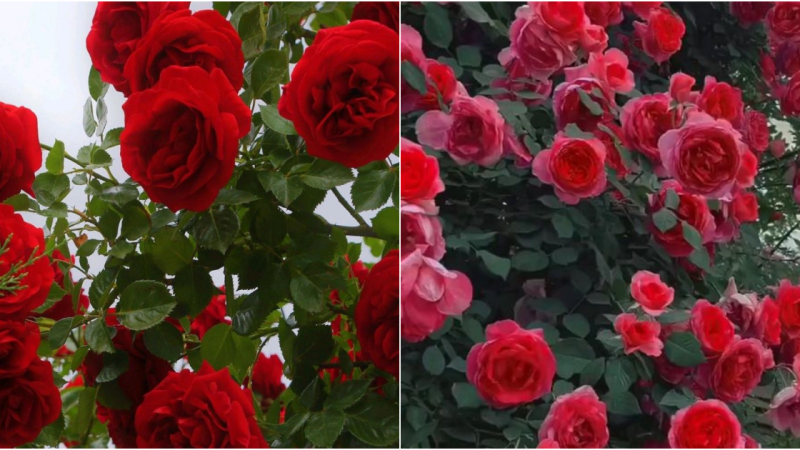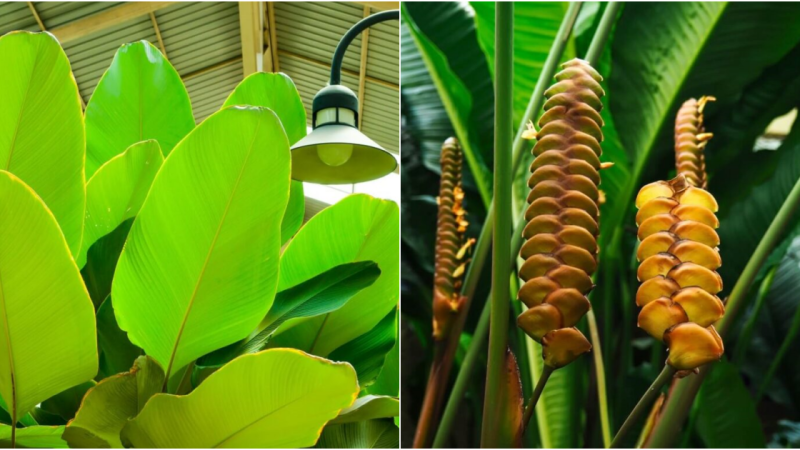Unlocking the Secrets: How to Cultivate Stunning Spurred Columbine Flowers in Your Garden
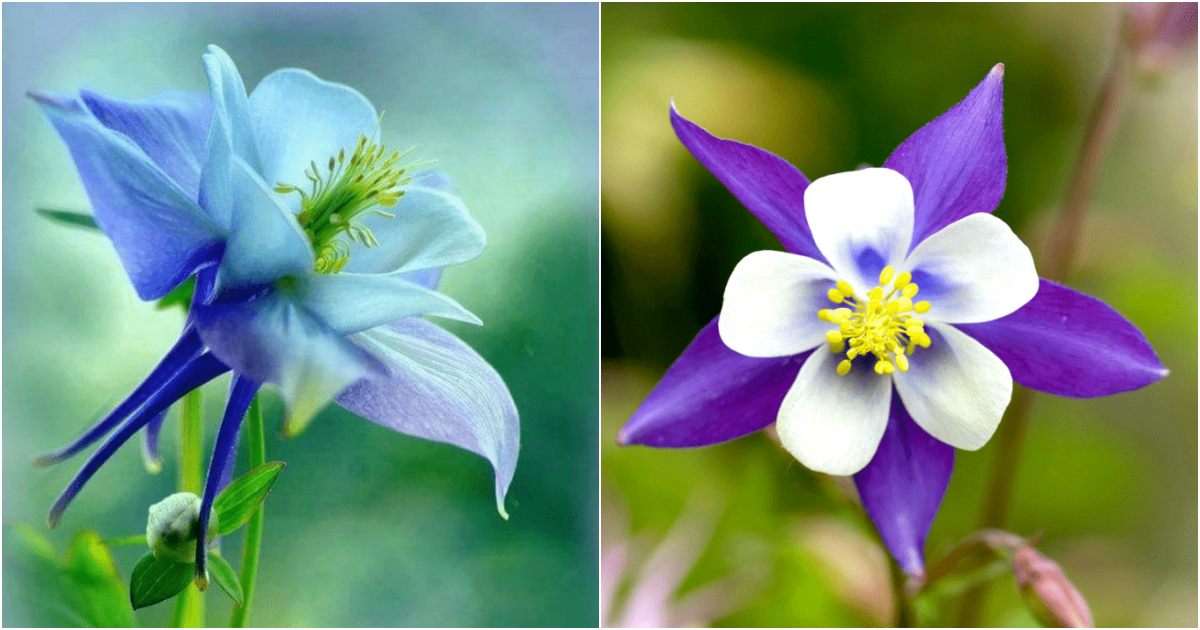
Are you captivated by the idea of nurturing enchanting Spurred Columbine flowers within your garden sanctuary? Your quest ends here! In this comprehensive guide, we’ll impart valuable insights and expert counsel on the art of fostering these resplendent blossoms. Scientifically known as Aquilegia canadensis, the Spurred Columbine is a vibrant perennial hailing from the Ranunculaceae family. With its intricate and unique blossoms, it bestows an air of elegance upon any outdoor haven. Embark on this journey into the realm of Spurred Columbine flowers, and let’s uncover the finesse behind their cultivation.
Embarking upon your voyage to cultivate Spurred Columbine flowers, delving into their natural habitat proves pivotal. These flowers thrive amidst woodlands, meadows, and rocky terrains across North America. Flourishing in locales with well-drained soil and partial shade, they display adaptability to various soil types. Yet, Spurred Columbine flowers prefer a slightly acidic to neutral soil profile. Thus, your chosen planting site should mirror these natural conditions for optimal growth.


The initial stride toward nurturing Spurred Columbine flowers entails selecting an apt planting site. Opt for a corner in your garden that is graced with partial shade throughout the day. The caressing touch of direct sunlight can prove overly intense for these delicate blooms. By gifting them with partial shade, you ensure their flourishing vitality. Furthermore, securing well-drained soil is paramount, deterring waterlogged conditions that pave the way for root rot. In case your soil tends to cradle moisture, contemplate integrating organic matter or crafting raised beds to foster improved drainage.
Now, with the ideal planting site at your fingertips, it’s time to groom the soil. Commence by eliminating weeds and detritus from the area. Gently work the soil to a depth of 8 to 10 inches using a garden fork or tiller. This practice fortifies robust root development and paves the way for apt nutrient absorption. Mingle organic matter like compost or well-rotted manure into the soil to heighten its fertility. Strive for a texture that’s both airy and crumbly, thus fostering a milieu for robust growth.

Having primed and readied your soil, the moment to sow Spurred Columbine flower seeds emerges. You possess two avenues: either commence indoors approximately 8 to 10 weeks prior to the final frost, or sow them directly into the garden during early spring or autumn. When opting for indoor initiation, employ seed trays or pots laden with well-draining seed starting mix. Grace the surface of the soil with the seeds, gently pressing them down. Steer clear of inundating them with soil, as Spurred Columbine seeds rely on light to sprout. Misting the soil gently preserves its consistent moisture sans waterlogging.
For those preferring direct garden sowing, fashion shallow planting holes about 1/4 inch deep. Adhere to a spacing of 12 to 18 inches between holes, fostering ample room for plant proliferation. Nestle a solitary seed within each alcove, gently shrouding it with soil. Bestow a delicate watering upon the zone to settle the soil and confer suitable moisture for germination. Uphold consistent soil moisture during the germination period, spanning approximately 2 to 3 weeks.

As your Spurred Columbine flowers gracefully emerge, bestowing them with dedicated care and nurture stands pivotal. Regular watering assumes paramount importance, particularly during arid spells or prolonged periods of heat. Strive for even soil hydration while eschewing overzealous watering, which could beckon root ailments. A judicious layer of mulch enveloping the plants exudes benefits, encompassing moisture retention, suppression of weed encroachment, and insulation against extreme temperatures.
Fertilization of Spurred Columbine flowers usually remains superfluous, assuming organic matter was infused into the soil during prior preparation. However, instances of feeble growth or pallid foliage might prompt the application of balanced, slow-release fertilizer once or twice throughout the growing season.


